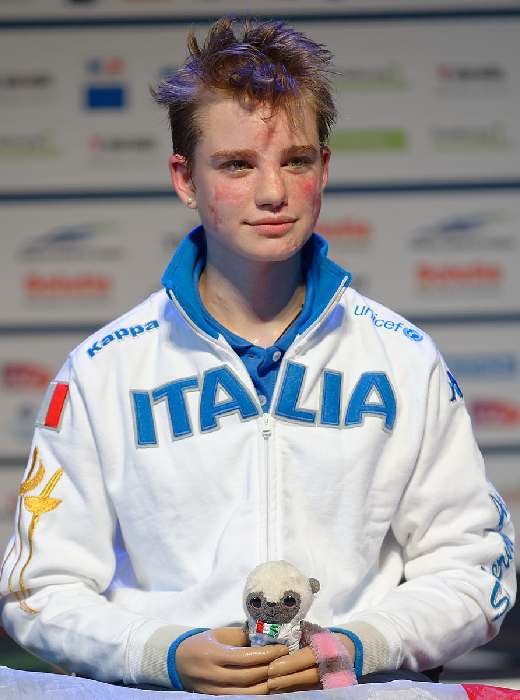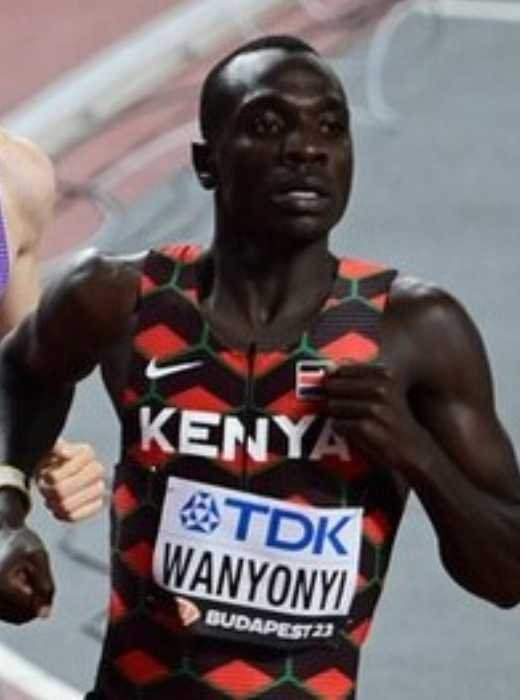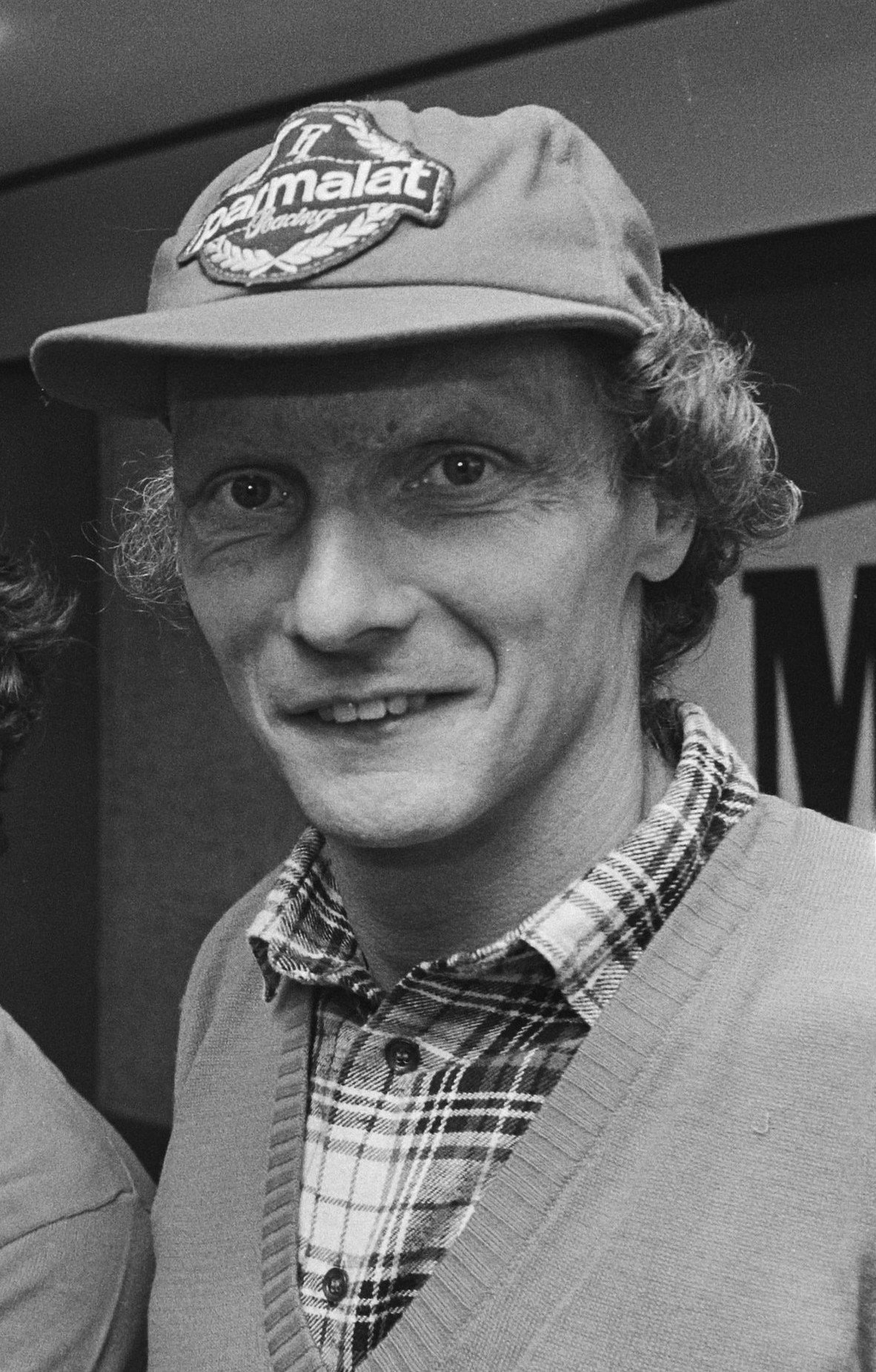How a five-year-old’s love affair with fencing survived quadruple amputation to forge one of sport’s most inspiring champions
At eleven years old in Mogliano Veneto, you’re juggling your “three S’s”—scuola (school), scherma (fencing), and scoutismo (scouting)—and already ranked among Italy’s top five fencers in your age group. Everything seems perfectly in place. Then, in less than a day, your world is upended forever.
This is the story of Beatrice “Bebe” Vio, and it’s one hell of a ride.
Beatrice “Bebe” Vio: When Lightning Strikes
November 20, 2008, started like any other day for the Vio family in their cozy corner of northern Italy. But by nightfall, their world had been turned completely upside down. Bebe had contracted fulminating meningococcal meningitis – a bacterial infection so aggressive that it can kill within hours if not treated immediately.
The cruel irony? Two years earlier, a doctor had told the family that eleven-year-old Bebe was “too young” for the meningitis vaccine. Two years too young for a vaccine that could have prevented everything that followed.
Within 48 hours, the infection had ravaged her body so severely that doctors faced an impossible choice: let the disease take her life, or perform quadruple amputations to save it. They chose life. Both legs were removed at the knee, both forearms were amputated, and suddenly the girl who lived and breathed fencing found herself in a hospital bed, wondering if she’d ever hold a sword again.
What followed was 104 days – more than three months – of intensive medical care, plastic surgeries, and skin transplants. But here’s where the story gets interesting: instead of wallowing in self-pity, Bebe did something that would define the rest of her life. She got angry. Not at the world, not at her circumstances, but at the idea that this might be the end of her fencing dreams.
“I don’t understand why I should be angry when I have survived the disease,” she would later reflect with the kind of matter-of-fact wisdom that makes you wonder if some people are just built differently. “I am enjoying life to the fullest.”
The Engineer’s Daughter
Enter Ruggero Vio, Bebe’s father and – crucially – an engineer. While his daughter was recovering, he was already plotting her return to the piste. The problem was obvious: how do you fence without hands? The solution was pure Italian ingenuity.
Working nights in his garage, Ruggero designed a custom prosthetic system that would allow Bebe to attach her fencing foil directly to her prosthetic arm. It wasn’t pretty, it wasn’t comfortable, but it worked. For the first time since her illness, Bebe could hold a sword again.
But the Vio family’s problems were just beginning. When they tried to get financial support for sports prosthetics, they hit a wall. The Italian National Health System covered basic prosthetics – the kind that help you walk and perform daily tasks – but sports equipment? That was considered a luxury.
“Luxury,” Ruggero and his wife Teresa probably muttered as they looked at the bills piling up. So they did what any self-respecting Italian parents would do when the system fails their kid: they built their own system. In 2009, they founded Art4sport Onlus, a non-profit organization dedicated to helping young amputees access sports equipment and training.
Back to the Beginning
Early May 2010. Bologna, Italy. Bebe Vio, thirteen years old and sporting a prosthetic arm that looked like something out of a sci-fi movie, rolled up to her first wheelchair fencing competition. She was nervous, sure, but she was also the same kid who’d fallen in love with fencing at age five when she’d stumbled into a gym and been captivated by the sound of clashing swords.
The girl who had once dismissed wheelchair fencing as “stuff for handicapped people” – a sentiment she later acknowledged with characteristic humility – was about to discover a whole new world. And she was about to dominate it.
By 2011, she was winning international competitions. By 2012, Bebe Vio joined the Italian National Paralympic Fencing Team and been selected as a torchbearer for the London Paralympics opening ceremony. By 2013, she was beating Olympic medalists and earning recognition as Paralympic Athlete of the Month.
The Pain Game
But let’s talk about what nobody mentions in the highlight reels: the pain. Constant, sharp, unrelenting pain every time her foil made contact with an opponent’s blade. The vibrations would shoot through her prosthetic arm like lightning bolts, courtesy of the hypersensitive nerve endings at her amputation sites.
This is where the story gets really interesting. In 2015, Nike’s innovation team got involved, using accelerometers and CT scans to analyze exactly how these vibrations traveled through Bebe Vio’s prosthetic. Their solution? Strategically placed silicone dampeners that absorbed the shock without compromising her precision.
It’s the kind of cutting-edge sports science usually reserved for Formula 1 drivers or Olympic sprinters, applied to help a teenager from Mogliano Veneto chase her impossible dream. The result? A prosthetic so advanced that Bebe remains the only wheelchair fencer in the world who competes with a forearm prosthesis.
Bebe Vio – The Golden Girl
September 14, 2016. Carioca Arena 3, Rio de Janeiro. The crowd is electric as two fencers face off in the women’s individual foil B final. On one side, China’s Zhou Jingjing, a seasoned competitor. On the other, a nineteen-year-old Italian with titanium arms and an unshakeable belief in herself.
The bout is intense, technical, beautiful. But when the final point is scored, it’s Bebe Vio’s name on the scoreboard. Gold. Paralympic champion. The girl who was told she was “too young” for a vaccine had just proved she was exactly the right age to conquer the world.
Two days later, she added a team bronze for good measure. The Laureus World Sports Award followed in 2017, recognizing her as the world’s best Paralympian. Not bad for someone who’d been using a wheelchair for less than eight years.
But Rio was just the beginning. Tokyo 2020 (held in 2021, because pandemic) brought another individual gold and a team silver. Paris 2024 added two more bronzes to the collection. At twenty-seven, Bebe has accumulated a medal collection that includes multiple Paralympic, World, and European championship titles.
More Than Metal
Here’s what makes Bebe Vio special, though: she’s never been content to just win medals and call it a day. Remember that vaccine that could have prevented her illness? She’s made it her mission to ensure other kids don’t face the same preventable tragedy.
In 2019, she delivered a video message to the Global Vaccination Summit in Brussels, telling the world’s health leaders: “The problem was that I didn’t have the vaccine when I was young. So, what I’m saying now, and what my family is trying to say to everybody, is to have the vaccine.” She’s modeled for awareness campaigns, spoken at international conferences, and used her platform to become one of Europe’s most effective vaccination advocates.
Then there’s Art4sport, which has grown from a family’s desperate solution into a comprehensive support network for young amputees across Italy. The foundation has provided sports equipment to dozens of children, organized hundreds of events, and opened the Bebe Vio Academy in Milan—a free, inclusive sports center where kids with and without disabilities train together.
Bebe Vio: The Real Victory
Training with Bebe Vio is, by all accounts, intense. Six to eight hours a day, five days a week, with her core strength workouts resembling something you’d see in a Navy SEAL training montage. She uses Technogym equipment for functional training, focusing heavily on the abdominal strength she needs to maintain balance without the anchor points other wheelchair fencers rely on.
Her coaches, Federica Berton and Alice Esposito, along with national coach Simone Vanni, have learned to work with an athlete whose physical limitations demand creative solutions. Unlike other wheelchair fencers who can anchor themselves to their chairs, Bebe Vio has to rely entirely on her core strength and technique. It’s like playing chess while doing a plank, with swords.
But perhaps the most remarkable thing about Bebe Vio isn’t her medal count or her advocacy work or even her superhuman tolerance for pain. It’s her attitude. “I love my prostheses,” she says with a grin that could power half of Italy. “Because I don’t have hands, I have to work harder on everything. I can never relax, but I love it.”
Her scars, she calls “distinctive signs, my history.” Her prosthetics are “technological parts” of her body that enable her to achieve anything. This isn’t toxic positivity or forced inspiration – it’s genuine acceptance and pride in who she is, exactly as she is.
Looking Forward
At twenty-seven, Bebe Vio shows no signs of slowing down. She’s got dreams of seeing the Olympic and Paralympic Games merged into a single event by Los Angeles 2028, creating a truly inclusive celebration of human athletic achievement. She continues to train with the intensity of someone half her age and twice her limb count, while building Art4sport into an international model for adaptive sports support.
Her story resonates because it’s not really about disability or even about sports. It’s about what happens when an unstoppable force meets an immovable obstacle and decides to go through it anyway. It’s about a five-year-old girl who fell in love with the sound of clashing swords and refused to let anything – not even the loss of all four limbs – silence that sound.
“If it seems impossible,” reads the title of her second book, “then it can be done.” It’s not just a catchy phrase – it’s been her life philosophy since she was eleven years old and facing the impossible task of rebuilding her world from a hospital bed.
The girl from Venice who was “too young” for a vaccine became exactly the right age to show the world what possible looks like. And she’s just getting started.
Beatrice “Bebe” Vio continues to compete internationally while expanding Art4sport’s mission across Europe. Her next major competition will be the 2025 World Championships, where she’ll attempt to add to her already impressive medal collection. Follow her journey and support Art4sport’s work at their official website.
If Bebe Vio’s refusal to let anything hold her back has inspired you, don’t miss our profile of another remarkable comeback: “Christian Eriksen’s Inspiring Comeback from Cardiac Arrest to Soccer Triumph.” Read how Eriksen overcame the unthinkable to return to the world’s biggest stages and continue his journey of resilience and hope
Photo: Marie-Lan Nguyen, CC BY 3.0,




